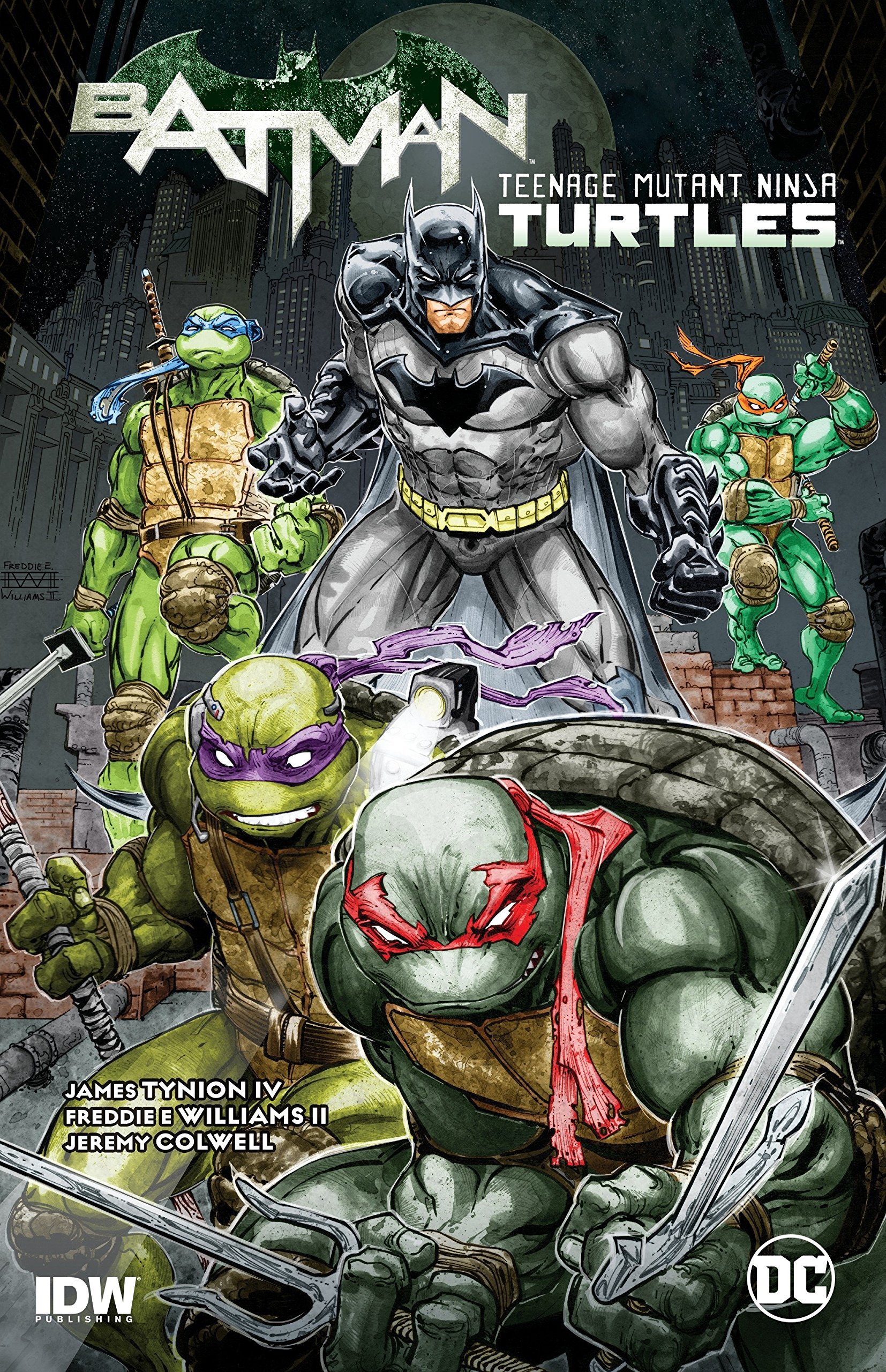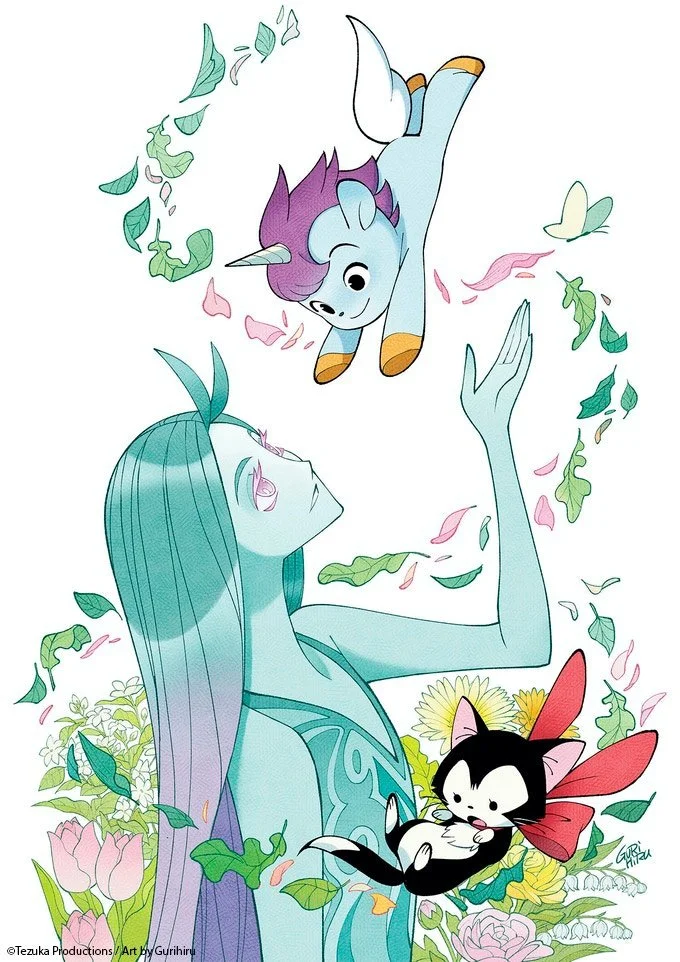On the Strip: The Krazy Kat Sunday strips rank as all-time great comics
By Isaac Kelley — "Zip". A brick sails through the air, thrown by a cartoon mouse, a series of lines trailing it, denoting movement. “Pow.” The brick hits a cartoon cat wearing a scarf in the head. "L'il Anjil!" the cat cries in a heart shaped word balloon.
Krazy Kat by George Herriman, specifically, the Sunday strips that ran from 1916-1944, is my single favorite work in the medium of comics. On first blush, it can be fairly incomprehensible. It is structured around an unusual slapstick setup that might be a tad opaque to a new reader. Ignatz Mouse hates Krazy Kat and thus wants to throw bricks at Krazy’s head. Offisa Bull Pup wants to protect Krazy and prevent Ignatz from hitting Krazy. However, Krazy wants to be hit by those bricks, because Krazy is in love with Ignatz and mistakes Ignatz's flung bricks as signs of affection.
For my money, this is the greatest slapstick engine of all time. Most slapstick conflicts are built around duos. Bugs and Elmer, Tom and Jerry, Popeye and Bluto, Spy and Spy. Duos are simple and clean. But this slapstick trio, with every point in opposition to every other, is complicated and varied and psychological. From this setup, Herriman produces any number of results. Sometimes Ignatz is thwarted. Sometimes he succeeds but is caught and carted off to jail. Sometimes he slyly gets past the guard dog. Sometimes this psychodrama is secondary to some other gag.
On top of the slapstick, Krazy Kat is dense with wordplay. The strip, especially for the first twenty black-and-white years, is often heavy on narration. The narrative voice is endlessly playful, frequently poetic, providing wry commentary on the proceedings. Furthermore, the character of Krazy talks with a thick dialect of sorts, full of malapropism. This manner of speech likely has its roots in New Orleans Yat, but it is a unique, mischievous argot, borrowing from whatever struck Herriman’s fancy. The result of all this linguistic play is that one can’t speed through Krazy Kat, because it would be incomprehensible. One must go slowly, deciphering the text, while savoring it, letting it wash over.
There are some dark undercurrents to the strip. Lots of cartoons employ slapstick violence, but because of the psychology of the characters, in Krazy Kat that violence can look a lot like abuse. The cycle of violence works as comedy but it also reflects something deeply cruel and unpleasant in a way most comic violence avoids. This may be off-putting for some readers, but I find it deepens the material.
This strip has things to say about gender. Krazy typically (but not consistently) uses he/him pronouns, but is coded more female than male. There are a handful of strips over the decades where Krazy is questioned on this, and seems indifferent on the matter. It is possible to read Krazy as male and gay, female and misgendered, or as non-binary. The text, which was published roughly a century ago, supports all three readings, and is stronger for the ambiguity.
This strip has things to say about race. Most material of this era has a certain amount of minstrelsy that one has to wince and endure when reading. Although Krazy Kat does have some unfortunate ethnic humor, particularly in the portrayal of Mexican and Chinese-American characters, it is free of the hurtful anti-Black stereotypes so common of the era. Instead, the protagonist is a Black cat in an unhealthy relationship with a White mouse.
Most modern scholars have come to accept that Herriman, the cartoonist, was a Black man passing as white. While it would be presumptive to say how much that fact colored the strip, this context seems not unimportant when thinking about the fact that the strip is about a Black person whose love for a White person was returned with hate, abuse, and violence. In fact, there is more than one strip where Ignatz becomes temporarily endeared to Krazy when Krazy’s fur becomes dyed white, only to become violent again when the Kat reads as Black once again.
Each Krazy Kat Sunday strip took up a full newspaper page, which provided a large canvas. While there were various stretches where editorial dictates insisted on uniform panel structure, whenever he could, Herriman played wildly with the size, shape, and number of panels. Some strips might unfold over half-a-dozen panoramas, some would have as many as thirty tiny panels. Many of them were dense with text, but some would be entirely silent. They were all beautifully rendered, from the scratchy inky early strips, to the chunky colorful late period.
Krazy Kat is set in a mythic, slightly surreal version of Coconino County, Arizona. The buildings are adobe, the landscapes are empty and dusty, with far-off mesas in the background. It is beautiful and slightly lonely. Herriman’s Coconino is a melancholy and violent world, built on hate, longing, and kindness in equal parts.
This fantasy Coconino County is filled with other characters beyond our three leads. There is Joe Stork, “purveyor of progeny to prince and proletariat alike,” whose bundles can provide hope and terror in equal measure. There is Bum Bill Bee, “He whom fate cannot control, nor destiny decree, renderer of homage to the gods of nihility, governed by law of neither man, nor moon, sun, nor star, a drone dallying in the dale of dalliance without maid, mate or mistress.” In other words, he’s a hobo. Bum Bill Bee’s “honey” featured in a lot of prohibition era gags. There is Kolin Kelly, seller of bricks and the face of capitalism in Coconino, who’s business model seems to be built entirely on catering to mean-spirited mice. And many other minor and major characters who would come and go over the years.
Krazy Kat is slapsticky and it is full of lyrical wordplay. Krazy Kat is slightly sad and slightly lonely. Krazy Kat is a dark satire of race relations and of abusive relationships. Krazy Kat is over a thousand perfect little vignettes. It defies easy classification and simple readings. Sometimes the joy of it is just seeing Krazy play the guitar while singing “There is a heppy lend, fur, fur away.” It has weird rhythms and you have to teach yourself how to read it. It is not for everyone, and defiantly so. Every single person who loves comics as a medium should at least give the strip a try.
All of the Sundary strips have seen print over the years, but many of them have frustratingly fallen out of print and can be hard to come by. However, Fantagraphics has recently reprinted the first six years of Sundays in two gorgeous hardcover volumes, and the nine years of color strips have been collected by Taschen Books in an oversized hardback that may end up replacing my older collection of that material. From what I’ve seen, the decades of daily strips are also marvelous, but they are simple and somewhat slight affairs compared to the Sunday masterpieces. The dailies are even less available in print.
Isaac Kelley should really be working on his novel, but he can't stop thinking about the comics so he wrote this instead.












